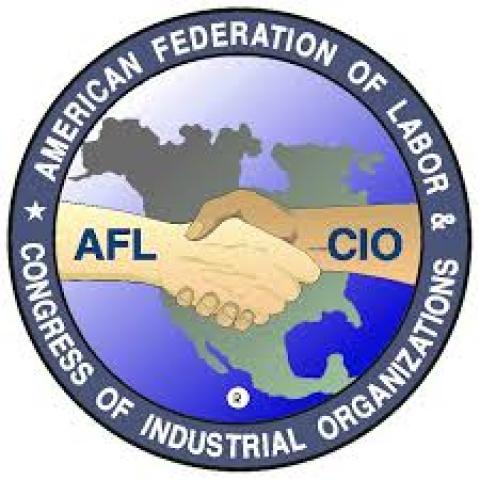LOS ANGELES--Having banged its head against a wall for years with nothing to show for it but a headache, the American labor movement is devising a plan to bypass the wall altogether. During its quadrennial convention here this week, the AFL-CIO has acknowledged that the laws protecting employees who seek to join a union have been rendered so ineffectual that labor must come up with new ways to advance workers’ interests
With just 6.6 percent of the private-sector workforce enrolled in unions in 2012, traditional collective bargaining has all but vanished from the economic landscape — taking raises, benefits, job security and much of the American middle class with it as it goes.
“We are a small part of the 150 million Americans who work for a living,” AFL-CIO President Richard Trumka said in his keynote address Monday. “We cannot win economic justice only for ourselves, for union members alone. It would not be right and it’s not possible. All working people will rise together, or we will keep falling together.”
There was a time when labor activists believed that the union movement would be the vehicle through which working people rose. For the time being, however, most labor activists don’t believe that’s possible. While they’re not abandoning traditional workplace organizing, they’re proclaiming a strategic shift.
“We are going to expand the idea of collective bargaining,” said Tim Paulson, executive director of the San Francisco AFL-CIO. “You can have collective bargaining through legislation. You can have collective bargaining through ballot measures.”
Working in a coalition with community organizations, labor prevailed on San Francisco’s city government in 2008 to mandate that employers provide health insurance to their workers or pay the city to subsidize low-income residents’ purchase of coverage. This year, the coalition also persuaded a hospital chain seeking to build a new facility to staff it with union jobs and to provide affordable housing — in a city where such housing grows scarcer by the minute — as a condition for winning city approval to go ahead with its expansion.
By itself, labor could not have won these and kindred battles. “Even if all we cared about was our own contracts, we can’t even get those anymore without community assistance,” said Larry Cohen, president of the Communications Workers of America.
So the chief business of this convention has been to redefine labor’s mission. Unable to build traditional unions the traditional way, the AFL-CIO has committed itself to building the kinds of coalitions that won expanded health care and affordable lofts in San Francisco. For several decades, unions have aligned with other key liberal constituencies on a host of discrete battles — immigration reform, voting rights (again), financial regulation, universal health coverage — but now it wants to cement these alliances in permanent coalitions.
That doesn’t mean that labor will seek to encompass its progressive allies within its own ranks, as some union leaders suggested in recent weeks. The thought of putting the president of the Sierra Club on the AFL-CIO executive council drove some building trades leaders batty. But it does mean that labor will commit resources to building omnibus organizations where union and environmental (and other) leaders work for a common program. The growing synergy between unions and their allies was illustrated when Trumka allowed three such allies — including Terry O’Neill, president of the National Organization for Women — to speak Monday on behalf of the resolution committing the AFL-CIO to this coalition work, even though they weren’t convention delegates.
One group that the AFL-CIO has committed to including in its ranks — and, in some cases, has already brought in — consists of workers not covered by conventional collective bargaining agreements or who may not even be eligible for such coverage under the terms of the National Labor Relations Act. These include cab drivers (ostensibly independent contractors, even though most work for taxi companies), domestic workers and day laborers — a host of largely immigrant workers who have found ways to bargain collectively by persuading city councils and legislatures to raise their incomes or limit their hours. Their battles have also been waged in coalition with groups advocating immigrants’ rights, women’s rights, civil rights and religious organizations.
The labor movement making common cause with the multiracial panoply of progressive constituencies has long been similarly “multi” at its base, but now that diversity (including gender diversity) has reached its upper echelons as well. This is the first AFL-CIO convention — meetings attended chiefly by union leaders, not rank-and-filers — that hasn’t looked like a bunch of middle-aged white guys. The union movement now looks like the new America — and is trying to figure out how best to champion that new America’s interests.


Spread the word